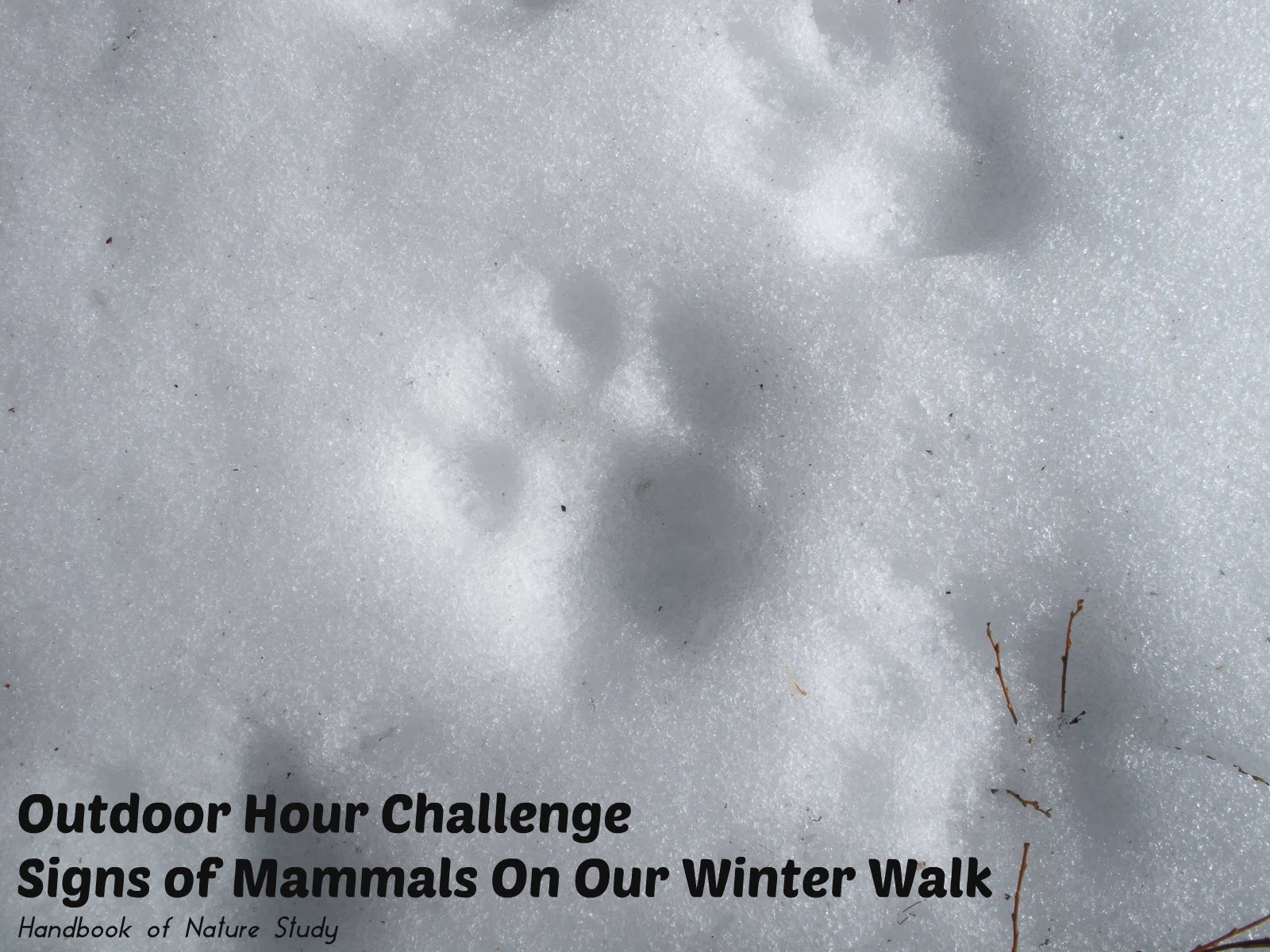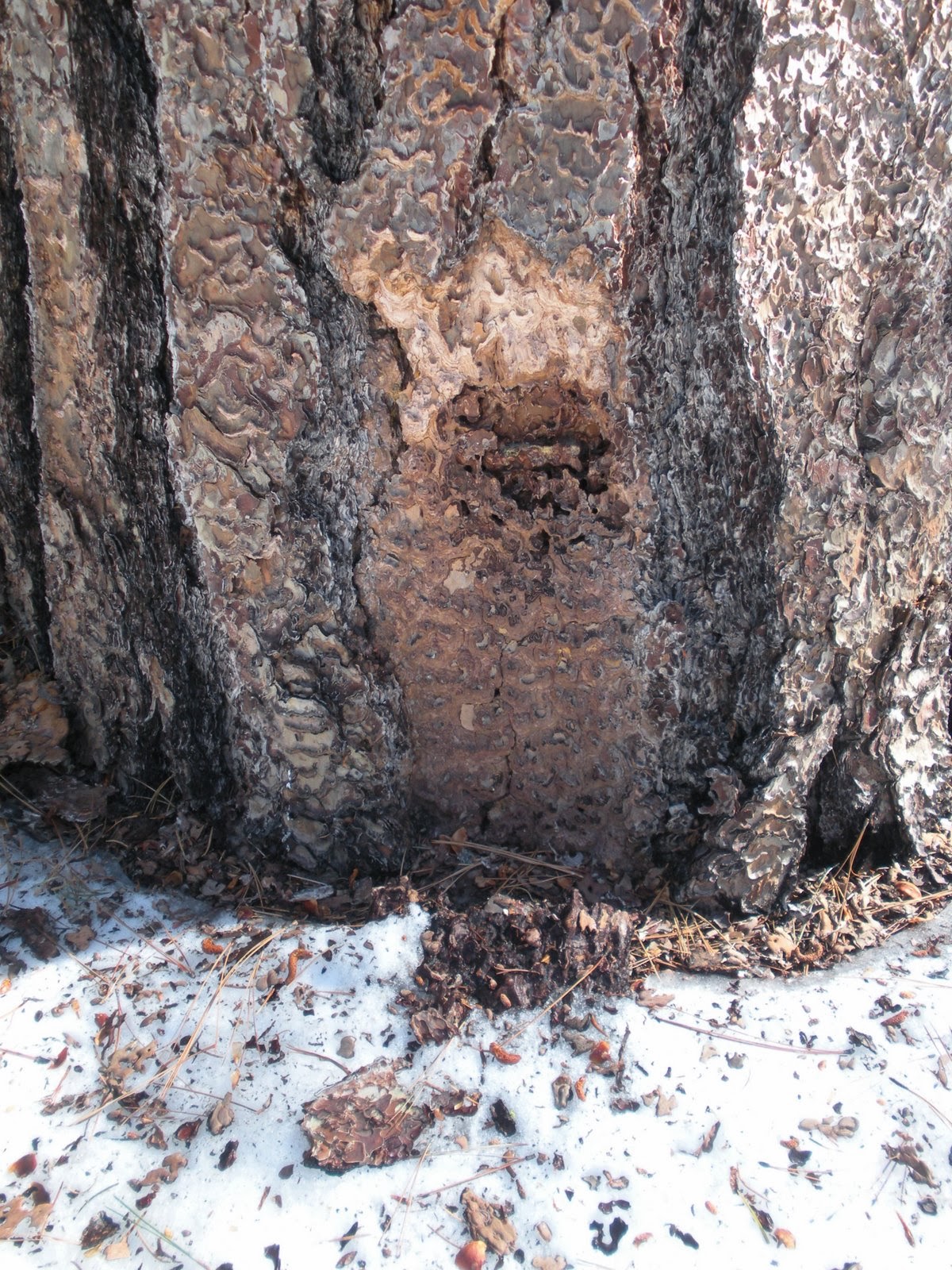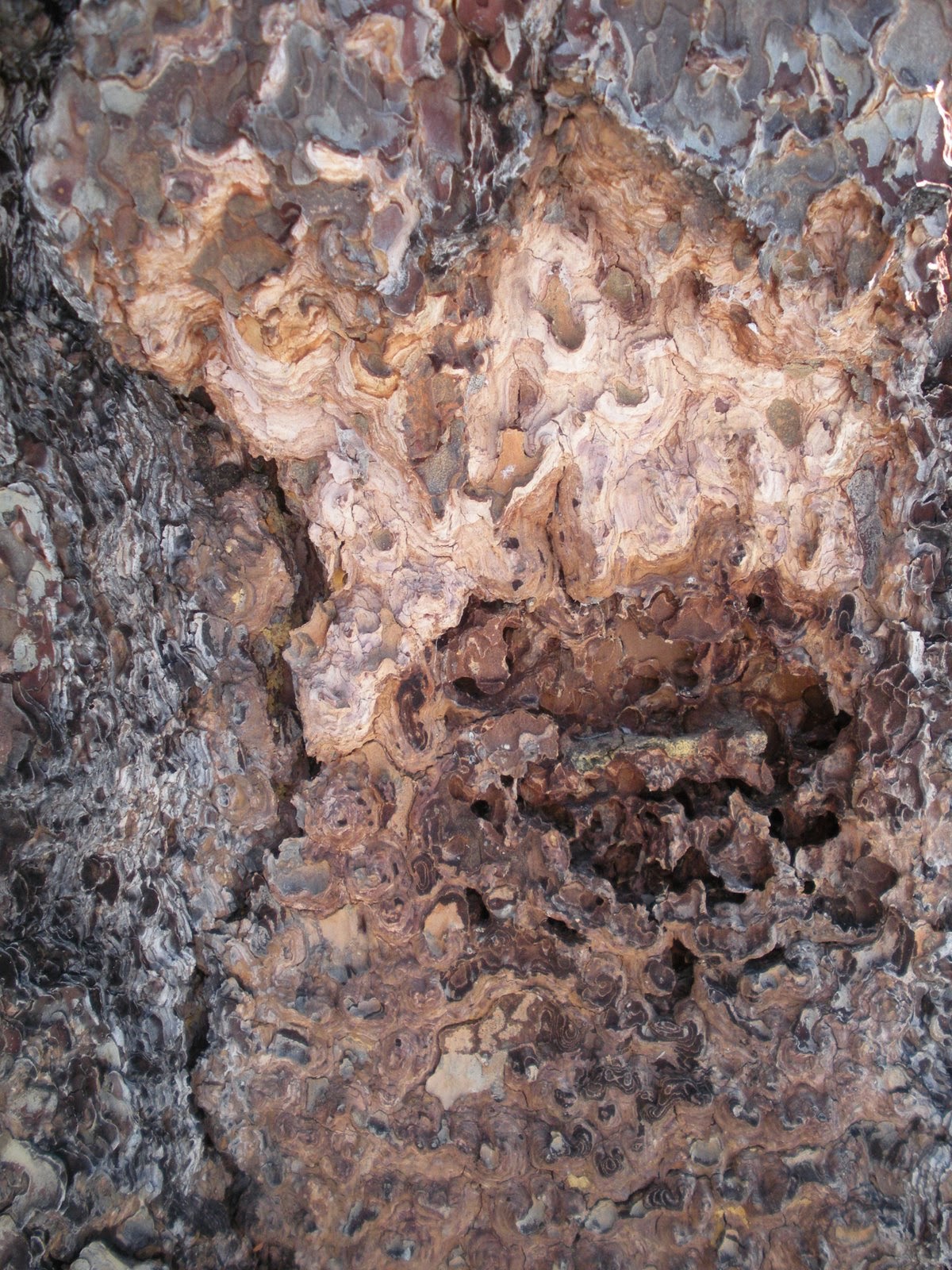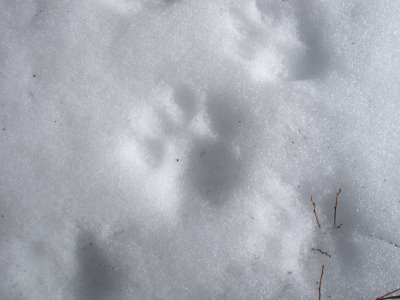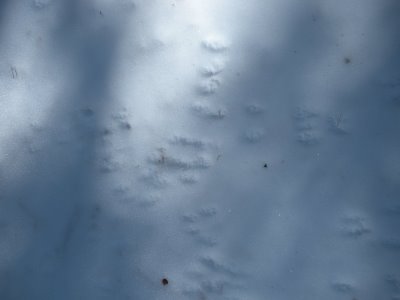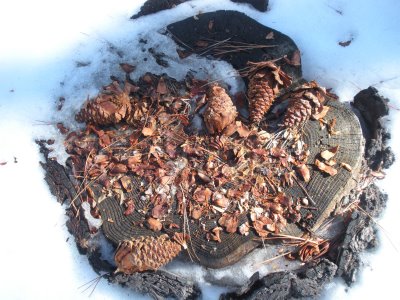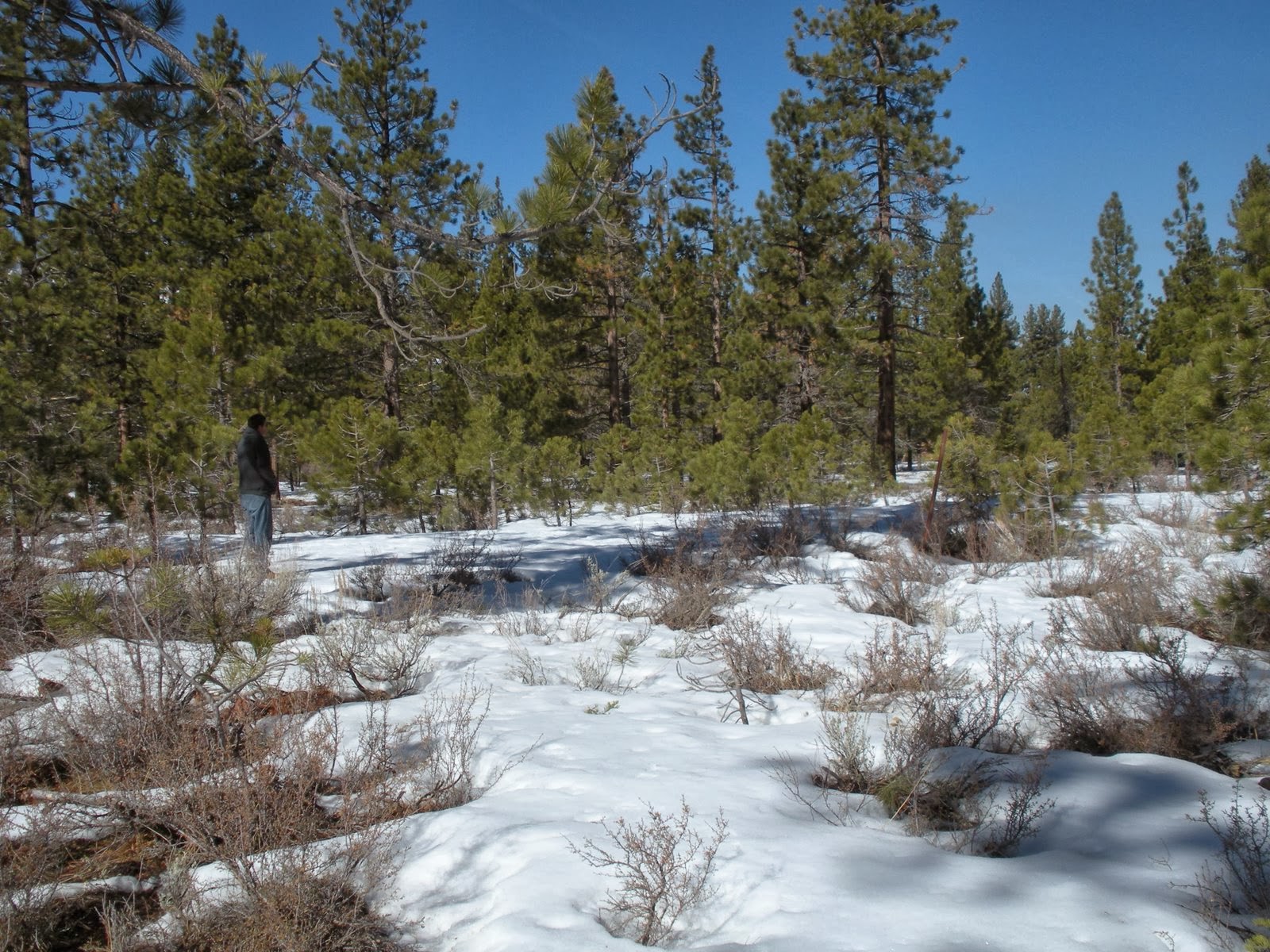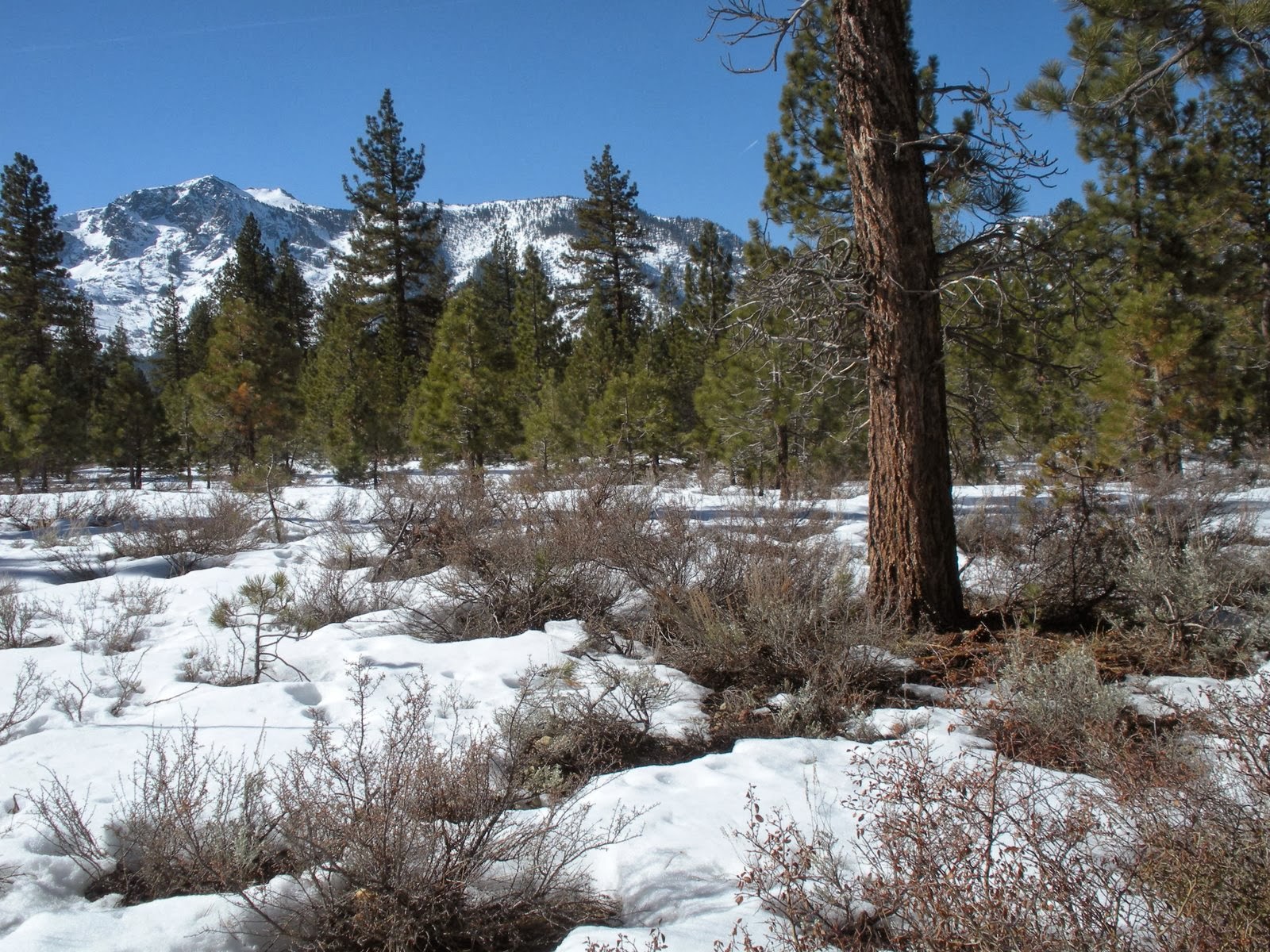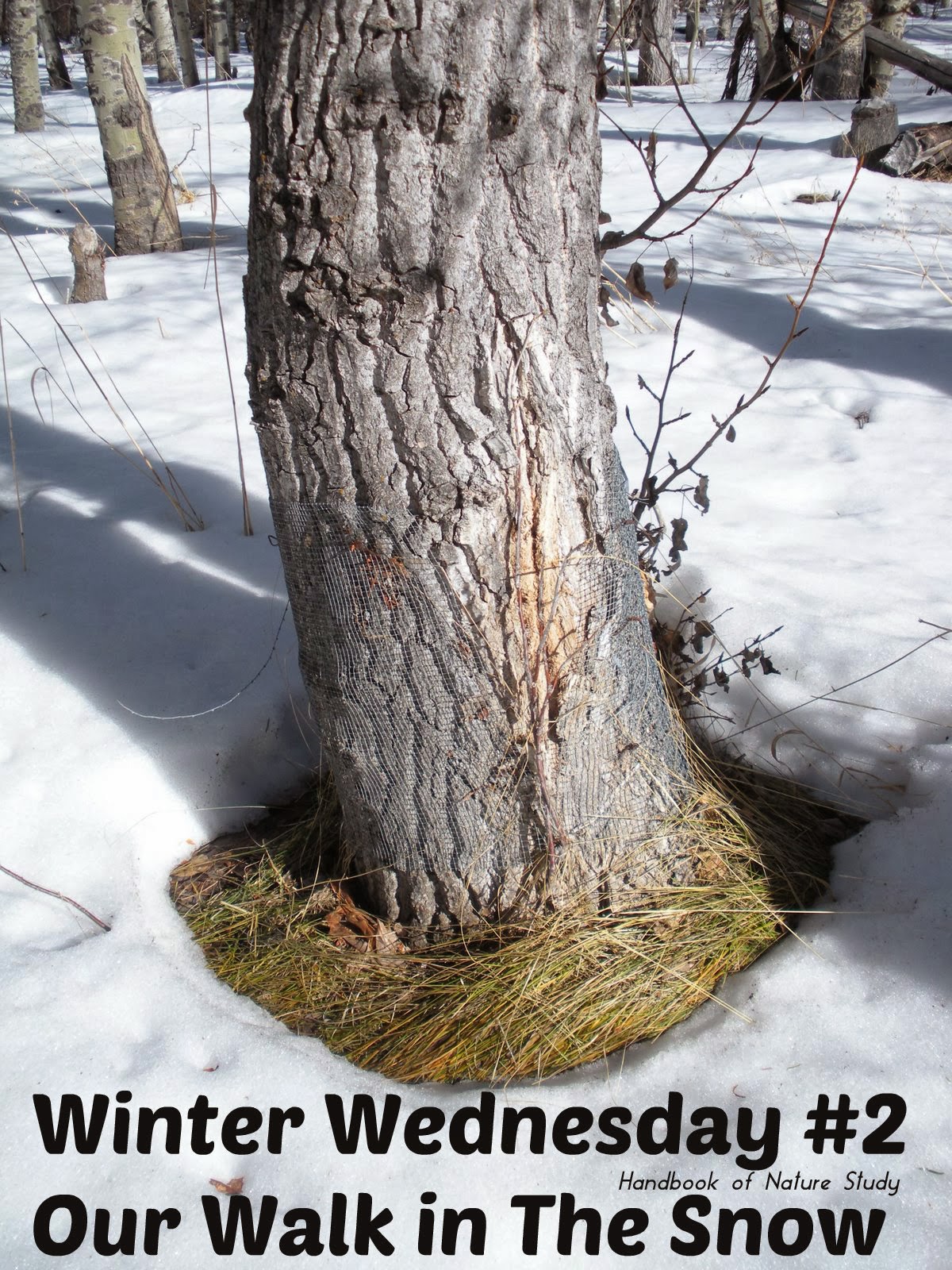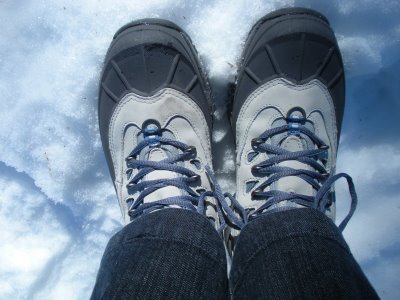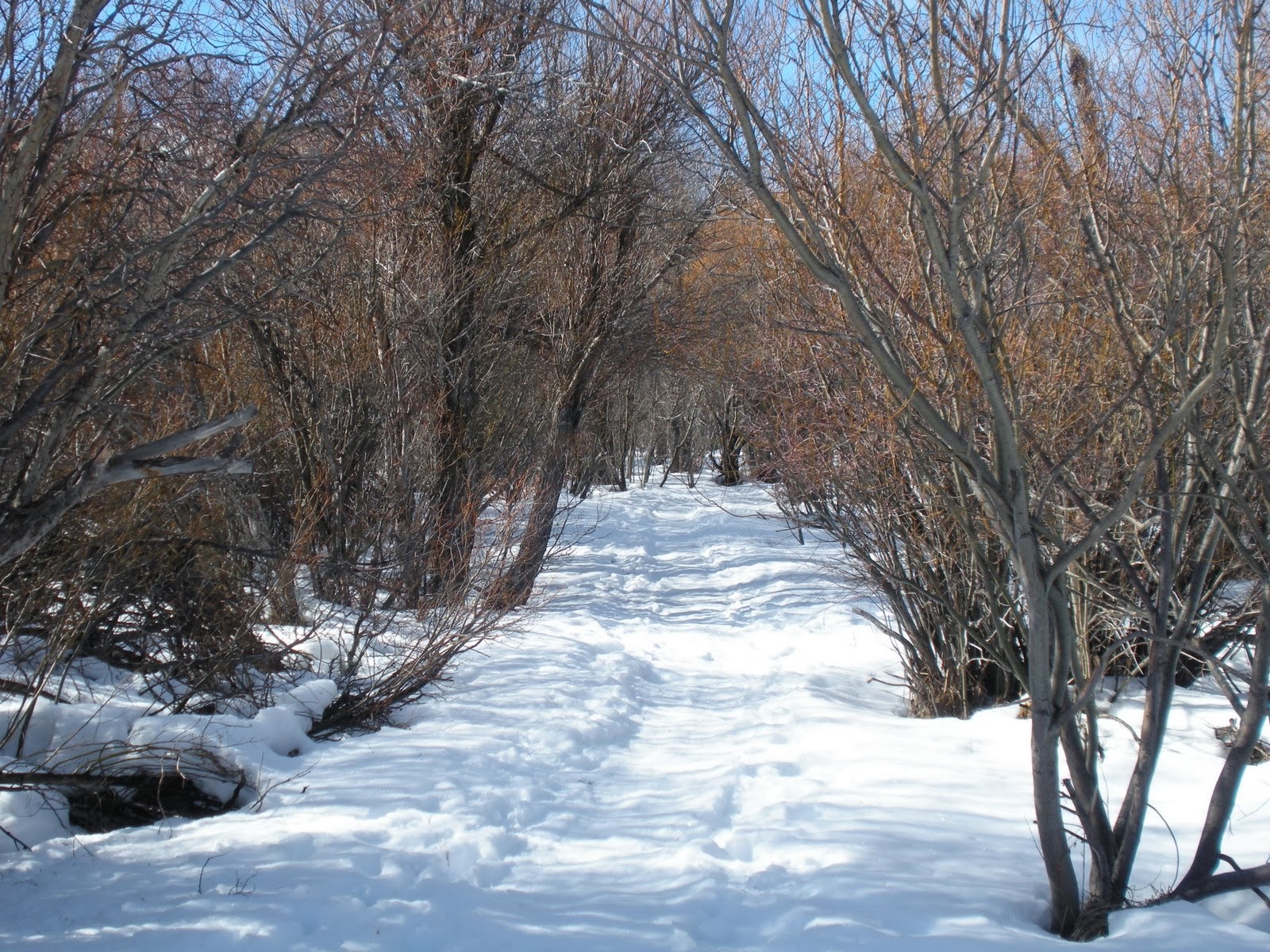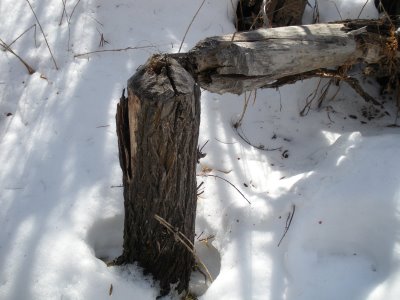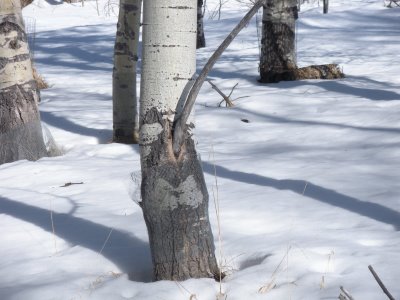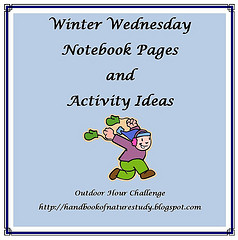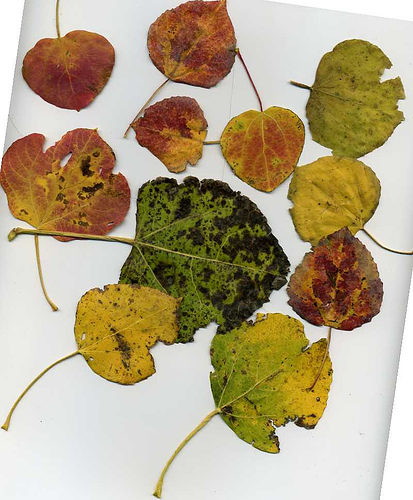We had another chance to take a walk up in the high country yesterday. The boys were snowboarding but we preferred to take a slower approach to our day. We took two hours to tramp around in the woods and see what we could find.
Here was something we found interesting. It looks as if an animal scratched the bark off this Jeffrey pine to get at something underneath…insects? If you look closely you can see the chunk of bark sticking out from under the snow.
Lots of prints in the snow…..dogs and otherwise. We aren’t sure about these. They seem too close together to be a dog and there are no marks for the claws like dogs have.
We think these are squirrel tracks.
Some squirrels had a feast on this stump that we came across as we crunched through the snow. I have come to appreciate that there are animals that depend on this food source in the middle of winter. As we stopped at one point along our walk, a huge cone came crashing down just a few feet from us. As you look around the forest floor, you see cones just about everywhere in various stages of being eaten.
Somehow we lost the trail as we wandered around looking at various interesting things. Yes, that is my hubby looking for a way back to the trail. He assured me he knew which way to go. 🙂
If you have to be lost, can you imagine a more peaceful place? It was quiet and sunny and warm and we knew generally that we needed to head towards that mountain to get back to the main trail.
We eventually found our way back and it was a really good thing because I was getting tired and hungry. We saw so many other things but I will share those in another post.

